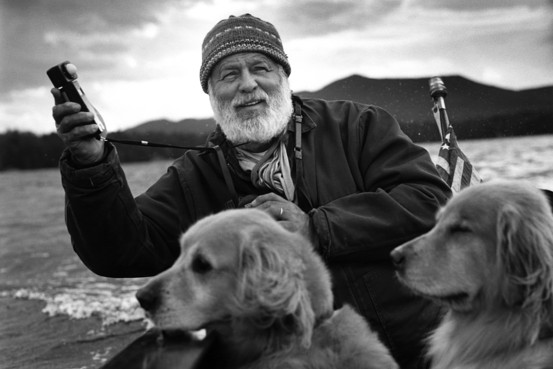Photography is an incredibly popular hobby across the world. A lot of people even make it their profession, such as Bruce Weber Photographer. However, to become a professional photographer, one would need certain basic skills and knowledge. Understanding camera setting and framing are extremely vital to click great images. Broadly speaking, composition skills and technical skills, can be considered to be the key pillars of photography. With proper knowledge of their camera settings, and an adequate insight into how to frame photos, one can progress on their path to becoming a professional photographer.
As photography is all about light, a good photographer needs to firstly know how to control the light for each shot. In digital photography, there are three prime ways for a DSLR camera to control the amount of light that reaches the image sensor. These elements together make up the exposure triangle. The exposure triangle in photography involves:
- Shutter speed: This refers to how long the shutter is open. For instance, 1/100 implies that the shutter is open for 1/100th of a second after the shutter button has been pressed. The longer the shutter is open, the brighter an image would be, as there is more time to let in the light. However, one may run the risk of motion blur from camera shake if they are not using a tripod and keep the shutter open for too long.
- Aperture: Expressed in f-stops, the aperture is how big the opening is that lets light in. F-stops are basically counterintuitive, as the larger would be its number, the smaller shall be the opening. For instance, f/2.8 allows 16 times as much light as f11 and twice as much light into the camera as f4. Aperture impacts the depth of field. A small aperture would make more of the image in focus. While a wide aperture creates a shallow depth of field. The aperture can be adjusted either in the aperture priority mode or the manual mode of the camera.
- ISO: The ISO setting implies to how sensitive the sensor of the camera is to light, expressed in a number. A higher ISO number shall make the camera more sensitive to light, and hence it shall need less light to get a great image, and be useful in low-light situations. On the other hand, low ISO implies that the camera will be less sensitive to light or require a lot of light for a good image.
To click a properly exposed photo, all the three elements mentioned above must work well in harmony. If a single part of the exposure triangle changes, the other two have to also change. Finding the perfect balance requires practice. No one becomes as good as Bruce Weber Photographer in a day. Once they get a proper feel for the exposure triangle, they would be in a good position to predict what settings will be best for each situation.


